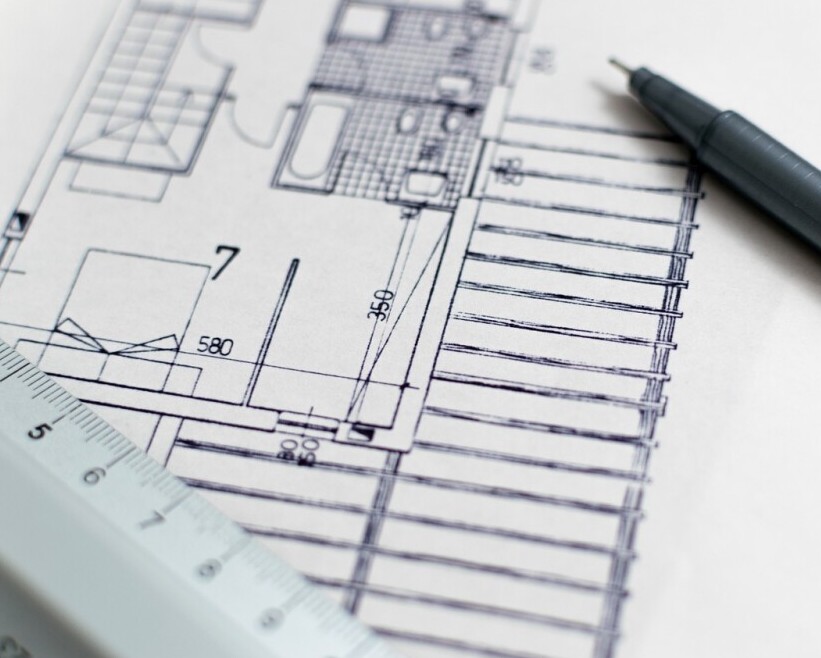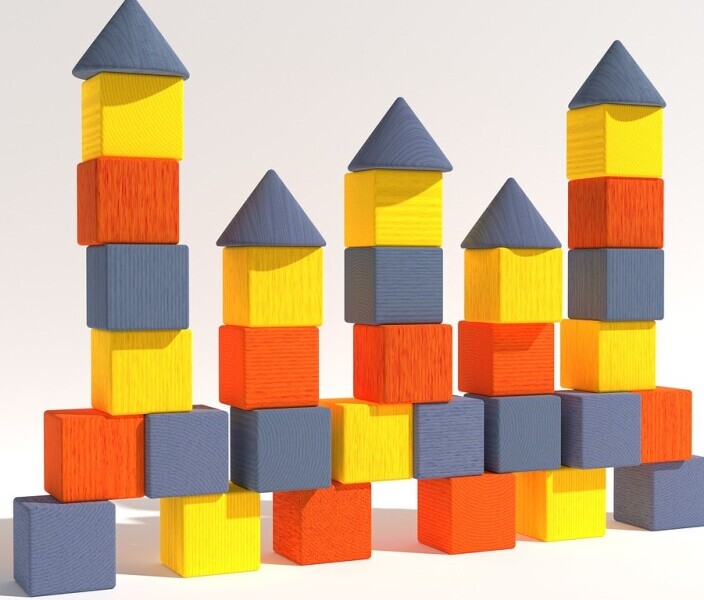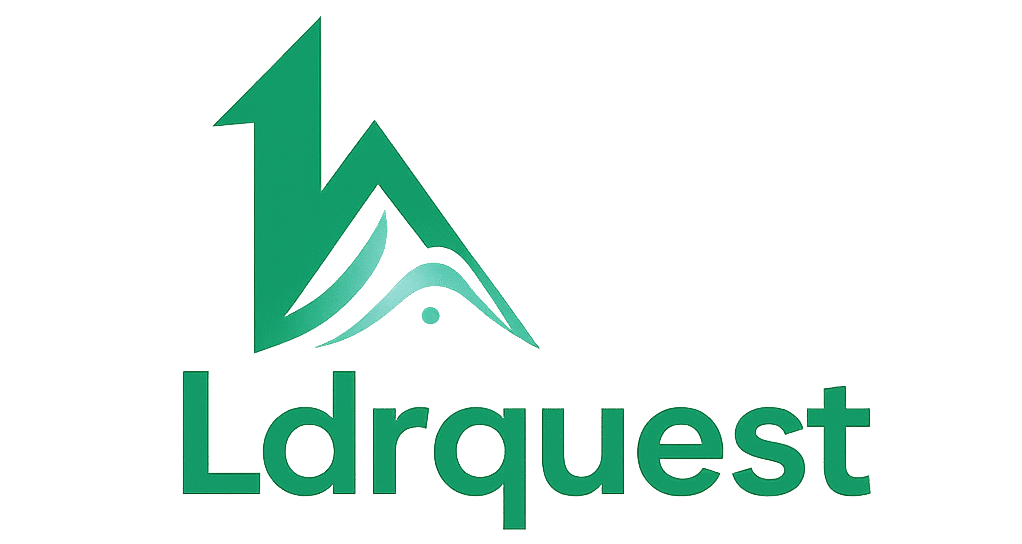Personal development for leaders is one of those topics I’ve spent a lot of time thinking about. If you’ve stepped into a leadership position, or you’re eyeing one, working on yourself never really stops. It always surprises me how much small shifts in self-awareness or communication can impact not just my growth, but also the effectiveness of the teams around me. So, here’s my take on what goes into developing yourself as a leader, tips for coming up with a personal leadership development plan, and some practical examples to get you started.

The Foundation: Why Personal Development Matters for Leaders
Leadership isn’t about having a job title on a business card. Real leadership is about growing as a person so you can help others grow too. From my own experience, I’ve seen that self-development isn’t some side activity—it’s actually really important for boosting confidence and building trust with those you lead. Developing your skills and mindset helps you tackle unexpected situations and motivates others along the way, creating a lasting positive impact on your organization.
Research backs this up. Studies by the Center for Creative Leadership have shown that leaders who focus on personal growth tend to be more adaptable and create strong, resilient teams. The process isn’t just about checking off trainings or reading self-help books. Rather, it’s about honest reflection, intentional goal-setting, and developing habits that keep pushing you to improve.
What Makes a Great Leader? 5 Elements of Leadership Explained
Leadership styles might look different, but some elements show up again and again no matter the field. The five elements of leadership I pay the closest attention to are:
- SelfAwareness: Knowing your strengths, weaknesses, and biases, and how they influence your reactions and decisions.
- Influence: Inspiring and motivating others rather than just giving orders.
- Vision: Creating and communicating a clear picture of what the team or organization is working toward.
- Decisiveness: Making clear choices and taking responsibility for the outcome, even when details are uncertain or challenging.
- Accountability: Owning up to results, good or bad, while encouraging the same behavior in others.
I’ve found that most leadership development plans, including my own, touch on these core elements in some way. These are the crucial building blocks that keep teams running smoothly and help leaders guide others through whatever comes their way.
 Building Your Personal Leadership Development Plan
Building Your Personal Leadership Development Plan
Having a personal leadership development plan helps me stay focused and organized, especially when life gets busy or stressful. These plans typically include a mix of reflection, practical steps, and specific goals. Here’s the basic outline I like to use:
- Define Your Vision: Figure out what kind of leader you want to be by asking yourself questions like, “What do I want my team to say about me?” or “What mark do I want to leave in my field?”
- Assess Yourself Honestly: Use self-assessment tools like the MyersBriggs Type Indicator, or 360-degree feedback from coworkers. Don’t be afraid to ask for honest input; sometimes tough feedback is the most helpful.
- Set Your Personal Leadership Development Goals: Make these goals as clear as possible. I use the SMART framework (Specific, Measurable, Achievable, Relevant, Timebound) to keep myself honest and on track.
- Create an Action Plan: Choose actions that align with your goals. This could mean signing up for training, volunteering for new projects, reading more books, or even getting a coach or mentor.
- Track and Adjust: Check your progress at regular intervals (monthly or quarterly works well). Don’t hesitate to tweak your goals or update your plan as you grow and learn more about yourself.
Personal Leadership Development Plan Examples
It’s sometimes easier to see how these plans play out by looking at real-life examples. Here are a few personal leadership development plan examples I’ve either used or helped others create:
- Example 1: “Within the next six months, I will improve my public speaking skills by delivering a monthly presentation to my team, attending three workshops on communication, and checking in for feedback from colleagues after each talk. I’ll keep a journal to track my improvements and challenges.”
- Example 2: “I want to develop my ability to give constructive feedback. I’ll meet with a mentor twice a month for coaching, then practice by providing feedback to one team member every week and asking for their honest thoughts on how helpful it was.”
- Example 3: “My goal is to be more decisive under pressure. I’ll check out best practices for quick decision-making, then jump in by volunteering for department-level projects that require fast turnarounds, and reflect with my coach after each major decision.”
Each plan sets a clear goal, lays out action steps, and creates a way to check if progress is actually happening. This makes it easier to see real growth over time.
Setting Individual Leadership Development Goals
Personal leadership development goals act like a roadmap; they keep you pointed in the right direction. Here are a few examples I recommend to people getting started or looking to level up:
- Build my conflict resolution skills to handle team disagreements with more confidence and less stress.
- Grow my emotional intelligence by practicing active listening and reading two books on the subject this quarter.
- Grow my professional network by connecting with five new leaders in my industry every month and joining a leadershipfocused group.
- Improve my time management skills by using productivity tools and blocking out regular time for focused work twice a week.
- Step up my delegation by assigning at least one new responsibility to each team member in the next three months.
Each of these personal leadership development goals ties back to one or more of the five core leadership elements and is simple to measure during your regular check-ins.

Putting Together Individual Development Plans for Leadership
Individual development plans for leadership work best when tailored to your current situation—whether you’re in your first supervisory role or aiming for an executive spot. Here’s a straightforward format that’s helped me and folks I’ve coached:
- SelfAssessment: Rate your ability in areas like communication, visionsetting, and adaptability using a simple 1–5 scale, and jot down examples for context.
- Development Goals: List two or three leadership areas you want to build up, such as decision making or conflict management.
- Support Systems: Identify resources that might help—mentors, books, workshops, podcasts, or shadowing opportunities within your organization.
- Milestones and Measurement: Write down how you’ll track progress, whether it’s via monthly feedback, quarterly one-on-ones, or keeping a reflection journal.
- Timeline: Attach dates to your key actions to keep things moving forward, revisiting your plan regularly to lock in new growth or switch things up if needed.
This approach helps break down the big idea of “growing as a leader” into step-by-step tasks you can tackle every week or month, making it much easier to see improvement.
Growing as a Leader: Everyday Habits That Make a Difference
Leadership development isn’t just about formal plans and big goals. Growing as a leader comes down to the small habits and daily choices you make. Here are a few practical habits I’ve added to my own routine:
- Ask for Feedback: I often get the best learning from unexpected places. After major projects or team meetings, I check in with someone I trust for honest feedback, even if it’s uncomfortable.
- Keep Learning: I set monthly reading or listening goals—checking out leadership books, articles, or podcasts. This keeps new ideas coming and encourages fresh thinking on old challenges.
- Reflect Regularly: Each week or month, I note what’s worked, where I could do better, and any patterns I notice. Some of my biggest improvements have come from these brief moments of reflection.
- Build Connections: I carve out a bit of time every week for networking, even if my schedule’s packed. A quick coffee with a peer or reaching out to a LinkedIn contact can spark new ideas and open doors.
These habits don’t require a major time investment, but they add up over weeks and months. Together, they keep me moving forward and help me grow as a leader no matter how hectic things get.
Common Questions About Leadership Development
What’s the best way to start a personal leadership development plan?
Begin by figuring out where you stand with a self-assessment, pick two or three leadership skills you want to get better at, and make a consistent weekly or monthly goal for checking your progress. Keep it simple to start.
Can I use a personal leadership development plan even if I’m not a manager yet?
Absolutely. Building these skills early puts you in a better place when opportunities arise. Many leadership abilities—like communication and problem-solving—are useful in every role, not just for managers.
How detailed does my individual development plan for leaders need to be?
Keep it straightforward. Focus on two or three concrete goals at a time to avoid feeling overwhelmed. The more specific and actionable, the better. For more tips, you can check out resources from organizations like the Center for Creative Leadership.
Wrapping Up: Personal Development as an Ongoing Adventure
Personal development for leaders is never really finished. Whether you’re creating an individual development plan for leadership or just picking up a couple of new habits, every step helps you adjust, grow, and lead others with stronger confidence. Stick with it, celebrate your wins, and don’t hesitate to look over your plan once in a while to see what new goals are worth chasing next on your leadership adventure.
